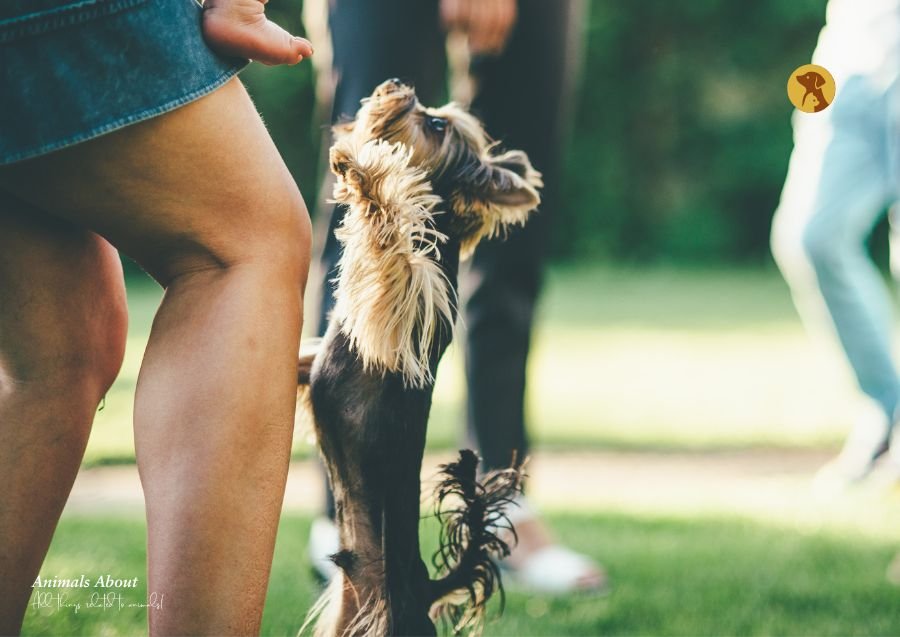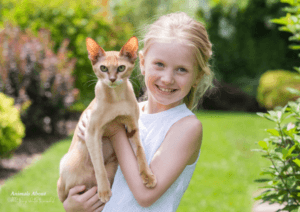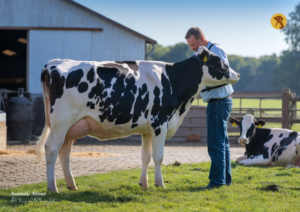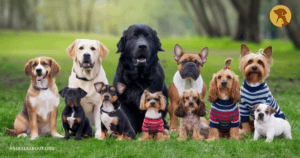Does your dog turn into a furry tornado of excitement every time guests arrive? While it might seem like an adorable way to greet people, jumping on guests can be problematic, especially if your dog is large or overly enthusiastic. Not only can it be intimidating or annoying for visitors, but it can also lead to accidents or injuries. The good news is that with patience, consistency, and the right techniques, you can teach your dog proper greeting manners and stop dog jumping for good.
In this article, we’ll explore why dogs jump, how to train your dog not to jump, and tips to manage their excitement around guests. Whether you’re dealing with a hyperactive puppy or an older dog with a dog jumping problem, these strategies will help you regain control and create a calmer, more welcoming environment for everyone.
Why Do Dogs Jump on People?
Understanding the root cause of your dog’s jumping behavior is the first step toward addressing it. Dogs jump for several reasons:
- Excitement: Dogs often jump to express their joy when greeting someone. They may be overwhelmed with happiness and use jumping as a way to release their energy.
- Attention-Seeking: If jumping has worked in the past to get your attention, your dog will likely repeat the behavior. Dogs quickly learn that jumping gets them noticed, even if the attention is negative.
- Dominance or Assertiveness: Some dogs jump to establish dominance, though this is less common. This behavior is more likely in dogs that haven’t been properly socialized or trained.
- Lack of Training: Dogs that haven’t been taught proper dog greeting manners may not know any other way to say hello. Without guidance, they default to jumping as their primary form of interaction.
By recognizing the motivation behind your dog’s jumping, you can tailor your training approach to address the specific issue.
How to Stop Dog Jumping on Guests
Training your dog not to jump requires consistency, positive reinforcement, and patience. Here are some effective techniques to try:
1. Teach an Alternative Behavior
Instead of allowing your dog to jump, train them to perform a more appropriate behavior, such as sitting or staying calm. Here’s how:
- Step 1: Ask your dog to sit before they have a chance to jump. Use a clear and firm command like “Sit” or “Stay.”
- Step 2: Reward them with a treat or praise when they comply. Positive reinforcement helps your dog associate sitting with good things.
- Step 3: Practice this consistently, especially during greetings. Repetition is key to helping your dog understand what’s expected of them.
Over time, your dog will learn that sitting earns them attention and rewards, while jumping does not.
2. Ignore the Jumping
If your dog jumps for attention, the best response is to ignore them. Turn away, avoid eye contact, and refrain from speaking or touching them until they calm down. Once they have all four paws on the ground, reward them with attention. This teaches your dog that jumping doesn’t get them what they want.
3. Use Leash Training
When guests arrive, keep your dog on a leash to prevent dogs from jumping on people. Use the leash to guide them into a sitting position and reward them for staying calm. This is especially helpful for managing hyperactive dogs or puppies.
4. Practice Impulse Control
Teaching your dog impulse control is key to stopping jumping behavior. Games like “wait” or “leave it” can help your dog learn self-control and patience. For example, ask your dog to wait before approaching a guest, and reward them only when they remain calm.
5. Socialize Your Dog
Proper dog socialization techniques can help your dog feel more comfortable around new people and reduce their excitement levels. Expose your dog to different environments, people, and situations to build their confidence and teach them appropriate behavior.
Tips for Managing Dog Jumping Around Guests
- Inform Guests: Let your guests know how you’re training your dog and ask them to avoid rewarding jumping with attention. Consistency from everyone is crucial.
- Create a Calm Environment: Keep greetings low-key and avoid overstimulating your dog when guests arrive. A calm environment helps your dog stay relaxed.
- Use a Crate or Designated Area: If your dog struggles to stay calm, consider placing them in a crate or a separate room until they settle down. This gives them time to relax before meeting guests.
Common Mistakes to Avoid
- Inconsistent Training: If you allow jumping sometimes but not others, your dog will become confused. Consistency is key to successful training.
- Punishing Your Dog: Yelling or physically punishing your dog for jumping can increase their anxiety and worsen the behavior. Positive reinforcement is always more effective.
- Reinforcing the Behavior: Accidentally rewarding your dog with attention or treats when they jump can reinforce the habit. Be mindful of your reactions.
When to Seek Professional Help
If your dog’s jumping behavior persists despite your best efforts, consider consulting a professional dog trainer or behaviorist. They can provide personalized guidance and help you address underlying issues, such as anxiety or hyperactivity.
Stopping your dog from jumping on guests is all about teaching them proper dog behavior with visitors and managing their excitement. By using positive reinforcement, consistency, and patience, you can train your dog to stay calm and greet visitors politely. Remember, every dog is different, so it may take time to see results. Stick with it, and soon your furry friend will be a model of good behavior!
Disclaimer: This article is for informational purposes only and is not a substitute for professional veterinary or behavioral advice. For specific concerns about your dog’s behavior, consult a qualified trainer or veterinarian.
FAQs
Dogs often jump on guests due to excitement, attention-seeking, lack of training, or as a way to assert dominance. Understanding the reason behind your dog’s jumping behavior is the first step to addressing it.
To train your dog not to jump, teach them an alternative behavior like sitting, ignore them when they jump, and use positive reinforcement to reward calm behavior. Consistency and patience are key.
To calm an excited dog, create a calm environment, use leash training, and practice impulse control exercises. You can also place your dog in a designated area until they settle down.







